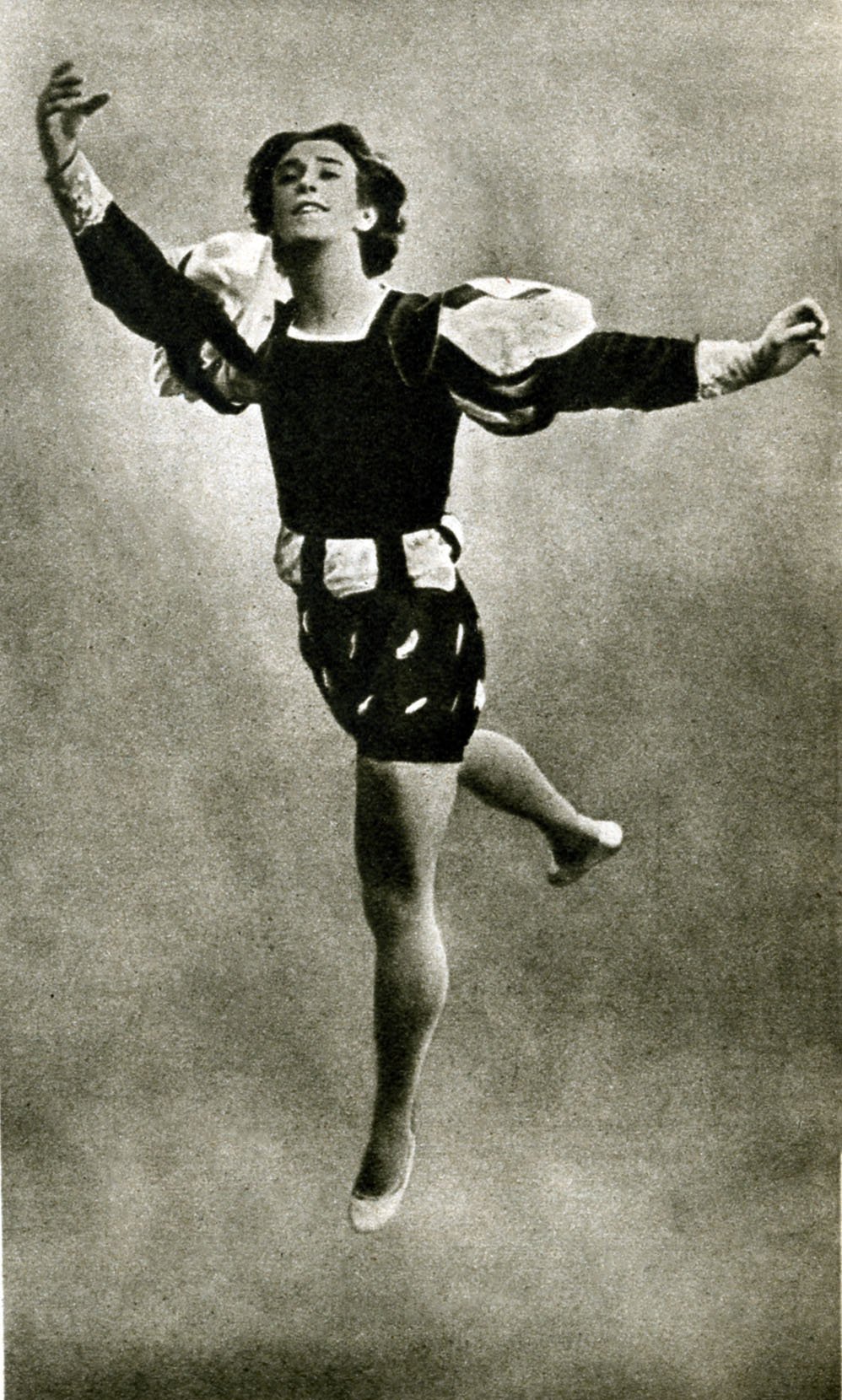5 Things to Know about Bronislava Nijinska
On 8 January 1891, Bronislava Nijinska was born in Minsk, then part of the Russian Empire. A ballet dancer for the Ballets Russes, she was one of the most illustrious ballet choreographers in the twentieth century. Best known for her ballets Les Biches and Les Noces, here are some interesting facts about Nijinska.
1) Lifelong Career
Bronislava Nijinska choreographed over eighty ballets throughout her lifetime. She remained very active in restagings of her ballet until her death in 1972. In fact, she celebrated her 80th birthday onstage at the Teatro Fenice in Venice, Italy.
Bronislava Nijinska teaching Ann Hutchinson at Jacob's Pillow in 1942. Collection of Robert Johnson. Wikimedia Commons.
2) Dance, Between Three Continents
Nijinska became world famous for her choreography when she returned to the Ballets Russes in 1921. In London, her ballet The Sleeping Princess was well-enjoyed by audiences. In 1923 and 1924, with Les Noces and Les Biches, she ushered in a new era of ballet for female dancers. From this point forward, her choreography radically changed European ballet. Nijisnka reimagined how choreography could be even more expressive than it previously was, and thought of ways for female dancers to use movement to challenge gender norms and boundaries.
Nijinska choreographed for different companies throughout Europe, but in 1926 she had the opportunity to be the choreographic director of Teatro Colón in Buenos Aires, Argentina. For the next decade, Nijinska worked in different parts of Europe before undertaking a tour to Jamaica with the Markova-Dolin ballet.
Just before WWII, Nijinska moved to the United States and continued teaching and staging ballets. She opened her own ballet studio in Los Angeles, and lived in California from 1940 until her death.
Dancer Ida Rubenstein performs in the original production of Bronislava Nijinska's ballet Boléro, 1928. Collection of Robert Johnson. Wikimedia Commons.
3) Fashion and Fine Art
Before WWII, artists of all disciplines were experimenting with new forms for their art. Painters, composers, and choreographers all pursued new boundaries of expression. While working with the Ballets Russes, Nijinska granted several notable artists the opportunity to realise their creative vision on an exciting canvas: live performance. Notable artists who created stage and/or costume designs for Nijinska include:
Coco Chanel
Juan Gris
Joan Miró
Bronislava Nijinska (far right) and her dancers in Chanel costumes for Le Train bleu, 1924. The French writer Jean Cocteau, (who wrote the scenario for the ballet) is standing in the center. Collection of Robert Johnson. Wikimedia Commons.
4) Sister to the great Vaclav Nijinsky
Nijinska’s older brother was Vaclav Nijinsky, one of the biggest dance stars of the twentieth-century. The two siblings were very close through childhood, and Bronislava thought very highly of her brother, even past his death in 1950.
Nijinsky was the star of the Ballets Russes in the company’s boldest years, and he revolutionised the way men dance onstage. In 1913, Nijinsky debuted his infamous ballet, The Rite of Spring, which depicted a premodern pagan sacrifice of a maiden. This ballet was also an important composition for Igor Stravinsky whose innovative score shocked audience members so much that they were jeering and leaving early. Nijinsky’s choreography is now considered groundbreaking. Nijinska helped her brother considerably for his choreography of The Rite of Spring.
Vaclav Nijinsky, 1918. Wikimedia Commons.
5) Breaking Social Boundaries
Nijinska was not afraid of shattering norms, especially in the context of representation onstage. In particular, she experimented a lot with gender representations. She herself performed as Hamlet, and a few of her ballets feature costumes that barely distinguished between men and women. This departs very much from the strict division of feminine and masculine characters traditional to nineteenth-century ballet. Nijinska was at the forefront of ballet innovation, and ballet lovers, choreographers, scholars, and dancers continue to discover more about her life and work. She was also a strong woman whose leadership meant that ballet choreography was no longer just for men!
Photograph of Nijinska’s ballet Night on the Bare Mountain, 1924. Unknown photographer. Library of Congress, Music Division.




